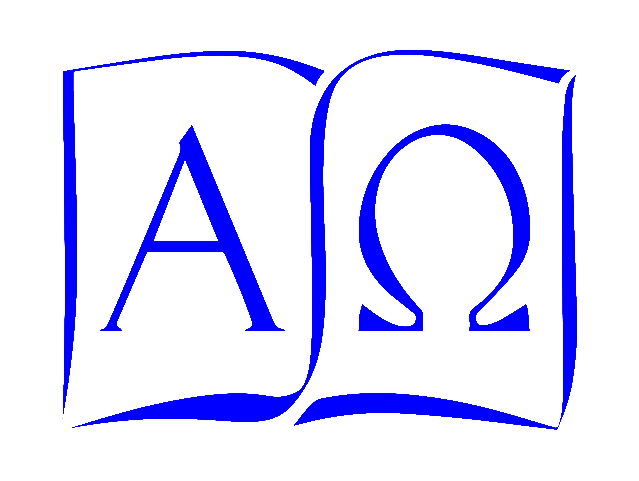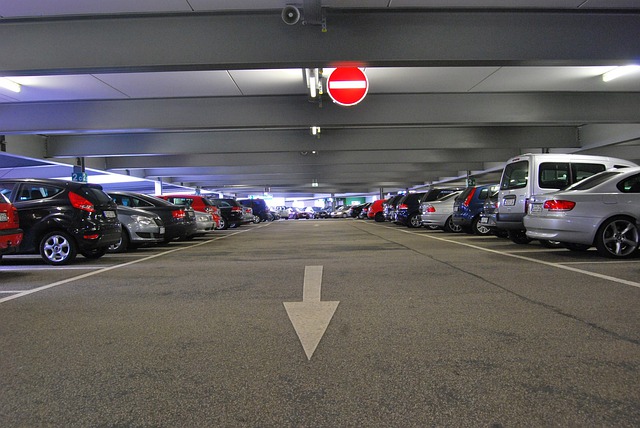When we first moved to Seattle, we were entranced by the wealth of cultural and educational institutions: art museums, parks, opera, symphony, musical theater, zoos, aquariums, historical monuments. We had quite a list of places to explore, and were excited about visiting them. But after a few years of actual residence, we realized that we had really gone very few places on our list. We often proposed this theater performance or that art exhibit, but somehow, we just never actually got in the car and made the trip.
So one day, we set aside time to sit down and consider the question: why weren’t we taking advantage of these inviting places? When we traveled to New York City, or to London, or to Paris, we could pack in days of visits. What kept us from visiting similar places closer to home?
It wasn’t time; we had time to visit familiar places in Bellevue; we could have made time to attend a theater performance or spend a few hours at the art museum.
It wasn’t expense; we could set aside entrance fees or performance tickets if we really wanted to go by making a few sacrifices here and there in other expenses.
It wasn’t lack of performances we wanted to see, either.
And this was long before COVID and pandemics; it wasn’t fear of disease.
When it came right down to it, it turned out the problem was parking the car.
The first few times we had gone into downtown Seattle had been discouraging expeditions where we took wrong turns, drove around the block a lot looking for the entrance to a parking lot, or drove past lots that were cheap and therefore full. It had never been a horrible experience, just one we had subconsciously recorded as one we didn’t want to repeat. It was easier and more comfortable to go to some familiar place with a big parking lot (preferably free).
Faced with the knowledge of the problem, we had to decide what to do about it. We could, of course, have just simply decided that avoiding the hassle of parking the car trumped being inspired by the National Tour of Les Miserables at the Fifth Avenue Theatre, but it seemed somewhat cowardly to let such a minor thing stand in the way of an experience our friends assured us that we would enjoy. So over the next year, we made deliberate projects to visit our downtown goals (and see Les Mis), and to identify several central public parking areas from which we could get to a number of places on foot. Among other things, we discovered two of Seattle’s underground pedestrian thoroughfares, which make getting around downtown easier when it is cold and drizzling streetside. And of course, we collected favorite and not so favorite parking garages.
Parking the car in a new and unfamiliar place challenged us to move out of our comfort zone. Difficult situations can push us out of our comfort zone; emergencies can stimulate us to attempt new things. In general, though, we resist moving outside our comfort zone; the familiar is reassuring, reaffirming, safe. It took a deliberate effort to conquer our parking comfort zone issue.
Our human desire to stay in a familiar comfort zone makes learning difficult. Education is a deliberate, planned, sustained exercise in exceeding the student’s comfort zone. A course in physics teaches us to apply a new conceptual tool, vectors, to the familiar experiences of motion, velocity, and acceleration, so that we can see these anew and realize other possibilities of motion, but physics doesn’t stop there. A few chapters on, the curriculum requires us to consider that the way we experience time and distance may be not be absolute, but depend on our own motion. My students often find these abstract concepts unsettling. Relativity and quantum mechanics challenge and change the way we think about the universe….and they should.
Perhaps even more difficult and challenging to our sense of comfort and safety is studying the humanities: art, history, and literature. Reading stories of real and fictional characters challenges the assumptions we make about the faith, morals and motivations of others, and forces us to reconsider our own faith, morals, and motivations, which can be a very uncomfortable experience indeed, if we are honest with both the materials we are studying and ourselves.
Pushing beyond our comfort zone transforms us (you knew I was coming back to that). What was the boundary before becomes simply a marker in our past as the once unfamiliar becomes territory we negotiate frequently and safely. A new boundary presents itself to us, one made possible by exceeding the old boundary. Solving the parking problem means that now we can now confront and be challenged by new stories at the theater, new visions of nature and human experience at the art museum, new life forms at the aquarium. Many of these won’t fit into our comfort zone either…and so will help us push our boundaries even further,
And this transformation is very good thing. As we become more comfortable in our new larger world, we lose some of the fear that kept us inside the old boundaries. We can listen to others more charitably, judge more gently, respond more generously, and make our own decisions more freely.


One response
Oooh, this idea really resonates with me. I’ve spent the last 8 months training a puppy… part of training a puppy is teaching it not to be afraid of every new thing. I have to be very attentive to every detail that I ignore but which triggers the puppy’s fear. Then I started noticing that I am actually not very different and sometimes have to form a definitive plan to overcome my own fears (or those I observe in my children). I’ve started to really notice what fears are causing delay or procrastination (like… making a dreaded appointment, or navigating college admissions, eek!). Now I’ll start thinking about this concept in regards to learning as well.